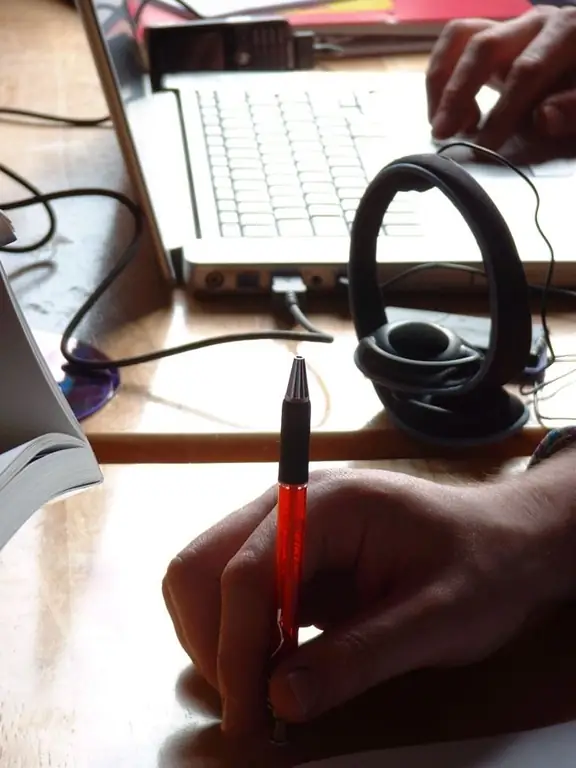Sometimes translators have to translate from a foreign language not only printed text, but also audio recordings - someone's speeches, news, etc. This is not always easy, especially if the sound quality is poor.

It is necessary
- -computer or player;
- -headphones;
- - dictionary or electronic translator
Instructions
Step 1
Use high-quality equipment for listening and translating audio files, especially headphones. The less noise and distortion in the sound, the easier it is to understand what is at stake. Closed-back headphones are better suited for this. block extraneous noise. Tracks can be listened to on a computer, and on a player, and on a home player.
Step 2
The first step in translating audio recordings is transcribing (typing by ear), and the second is directly translating into the desired language. If the sound quality is excellent and you understand every word and the meaning of the sentences well, you can immediately record the translation. If this is problematic, it is better to first transcribe the audio recordings - write down or type the text in the original language.
Step 3
It will be good if you first listen to the entire recording and understand its meaning and theme. If the recording is long, divide it into several semantic parts (you can use a program to split audio). Record each sentence separately. After recording the entire part, listen to it again and correct any possible shortcomings. With each next listening, as a rule, the text becomes more and more understandable, you begin to catch even the meaning that at first eluded you. Keep this in mind when translating audio recordings of complex or unfamiliar topics.
Step 4
If you can't make out any words or passages, write them down by ear, by sounds, and come back to them later. It is quite possible that after listening and translating the entire text, they will become clear. If not, use an electronic translator. Type in the suggested word, and the translator will give you a list of the most similar sounding words. Review them and determine if any of these meanings are appropriate for your text. You can also use printed dictionaries for this - large and detailed. Some incomprehensible words can be easier to understand already directly in the process of translation from one language to another, when a clear logical chain is built in the head. If possible, put off your work and listen to the recording again the next day. After decryption, proceed with the translation.






